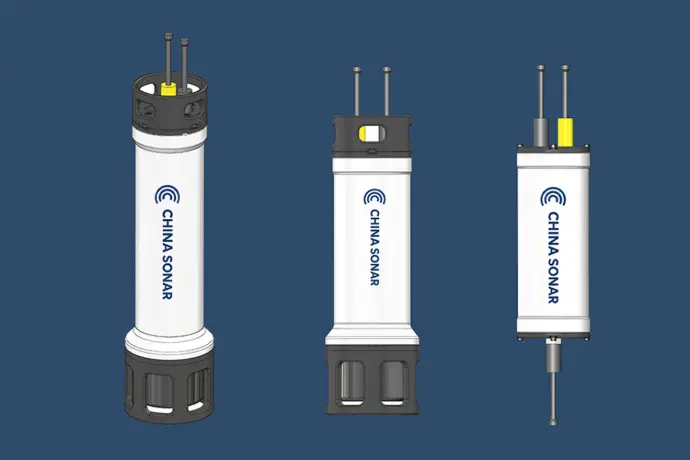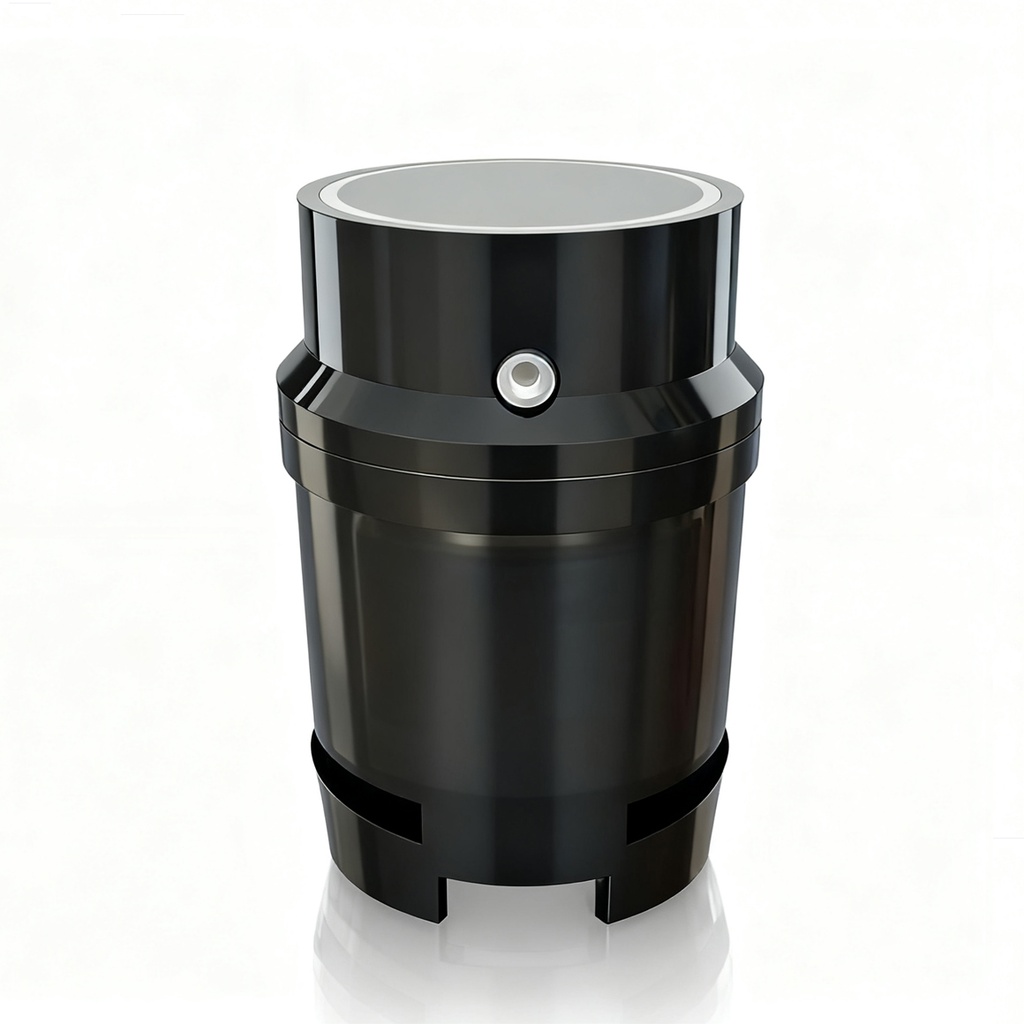DVL-300K-Phased
Doppler velocity log (DVL) Phased
- Phased-array technology: Ensures accurate and stable velocity measurements.
- High bottom tracking performance: Reliable up to 200 m altitude with a velocity accuracy of ±0.3% ±1 mm/s.
- Extended water profiling range: 4.5–150 m with long-term accuracy ±0.2% ±2 mm/s.
- Rugged titanium housing: Lightweight (<9 kg in air) and corrosion-resistant for long-term deployments.
- Flexible integration: RS-422 communication and PD6 (ASCII) data format, compatible with INS and control systems.
-
Versatile depth ratings: Standard 300 m, optional 3000 m and 6000 m for deep-sea applications.
System Composition
The DVL-300K-Phased Doppler Velocity Log consists of two main components: a phased-array transducer and an electronic chassis, featuring an integrated waterproof design.
- Phased-array transducer (waterproof): Responsible for transmitting and receiving acoustic signals, capturing velocity-sensitive Doppler shifts.
- Electronic chassis: Handles signal preprocessing, acoustic analysis, velocity calculation, and acoustic transmission functions.
This flexible design supports both separate configuration and fully integrated options, ensuring adaptability to different vehicle layouts and integration requirements.
Specifications
Applications
-
Autonomous Underwater Vehicles (AUVs)
The DVL-300K-Phased Doppler Velocity Log is well-suited for both compact and large-diameter AUVs, providing highly accurate bottom velocity and altitude measurements. This enables precise navigation, path planning, and control even in GPS-denied environments. -
Remotely Operated Vehicles (ROVs)
For inspection-class ROVs, the DVL-300K-Phased ensures reliable bottom tracking and altitude data, supporting stable maneuvering and positioning in near-bottom or confined subsea environments. -
Uncrewed Surface Vessels (USVs)
On surface platforms, the DVL-300K-Phased delivers dependable speed-over-ground measurement and drift compensation, maintaining navigation accuracy when GPS signals are unavailable, degraded, or intentionally denied.

Explore the UAC-08160X Series
The UAC-08160X Series includes the portable II2S, the 3000 m-rated IE3S, the 6000 m deep-sea SE4T, and the highly integrable OEM system solution. Whether for shallow-water trials, coastal monitoring, or deep-sea engineering and system integration, the UAC-08160X Series delivers reliable performance for diverse underwater acoustic communication needs.
